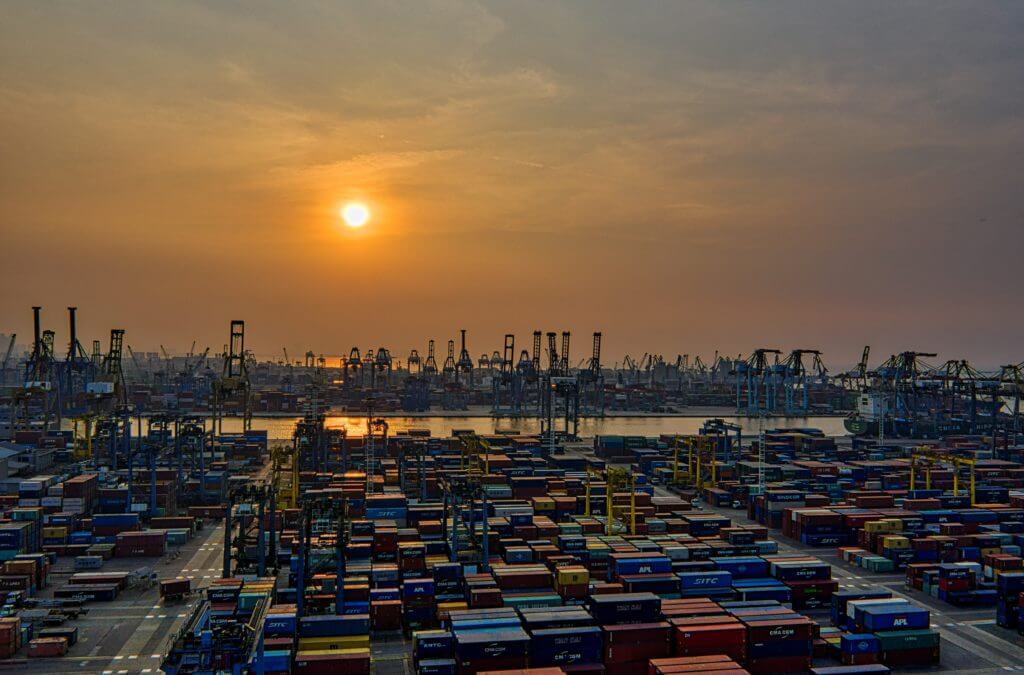When it comes to importing goods from another country or sending products overseas, commonly feared words are ‘customs’ and ‘duties’. Here’s what they are and the reason they exist.
3PL service providers have made the global markets a level ground in terms of trade. No country is far away, nor is any market inaccessible. However, to this have happened, 3PL service providers have fully understood rules and regulations most countries have, in terms of customs clearance and duties (taxes) each country imposes.
The words ‘customs’ and ‘duties’ have kept several shipping companies from operating overseas, primarily because they don’t understand the rules. Most don’t make an effort at all.
So what happens when you opt for international shipping from a 3PL service provider who has no experience transporting goods overseas? They get stuck with the customs, and if the paperwork is not convincing enough, your goods are lost forever.
What should businesses look out for in regards to customs?
Selling products in international markets is a great way to expand an e-commerce business. However, this comes with the complexity of customers paying additional taxes in other countries. The best way around this is to keep customers notified about the taxes and keep the pricing transparent.
Three reasons why governments collect import duties
1. Generate revenue
Import taxes are a crucial source for the government to make revenue. They take a percentage on every import to increase their trade revenue.
2. Protect national industries from competition
Competition is fierce, and the national industries need to be protected from global competition. Imposing taxes on certain goods discourages customers from importing them, thus, eliminating global competition.
3. Prevent selling products that are below market value
At times, import taxes are levied on products that are deemed below market value — called anti-dumping. This helps stabilize the market value.
Two reasons why you may face import duties
1. Country of import
Different countries have their taxes and rules when collecting duties, so the country of import matters. For example, if two countries have a trade understanding (free trade deal), like US and Canada, taxes are lower compared to other countries without a trade deal.
2. Type of product
Taxes also vary on the type of product based on the Harmonized Tariff Schedule (HTC), which has a corresponding tax against every product in existence. This can even depend on the ingredients in products.
How are import duties calculated?
Every country has a different method to calculate import duties. However, there are three fundamental ways.
1. Percent of the import value
This is the simplest method to calculate import taxes. You pay a percentage of the total value of the goods imported. For example, if the total value of the goods imported is $500 and the import tax is 10%, you pay $50 as import tax.
2. Per product rate
The second step is a slightly complicated method. Instead of paying a percentage of the overall value, you pay a percentage on each product. For example, if five products are imported, a percentage is collected for each product, and the rate can vary.
3. Weight-based
The third method is simple, similar to the first step. Tax is calculated based on weight (per pound or kg depending on the country).
How are import duties collected?
When goods arrive ashore to a country, it needs to be declared to customs. Officials then assess the value of the goods (specific to each country) and calculate taxes. The duties must be paid when the goods arrive at the border. If not, it can result in delays.
